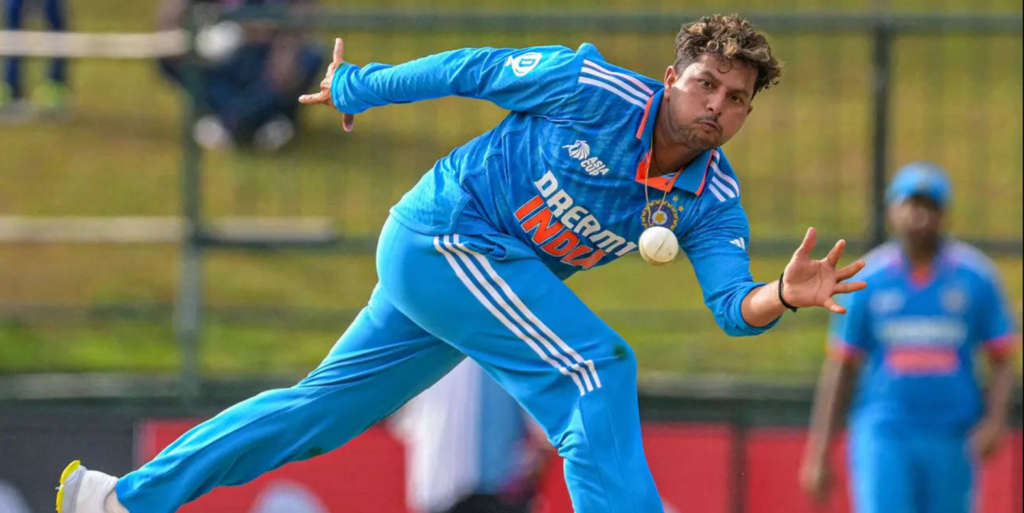
While the Indian batsmen grab most of the headlines, the team’s success at the World Cup has been silently orchestrated by the exceptional bowling attack. This article dives into the strategies and individual contributions of the bowlers who have become the unsung heroes of the tournament.
The Art of Smothering the Opposition: Efficient Bowling Attack Sets the Stage
Despite the batsmen’s ability to chase down moderate totals, the true foundation of India’s dominance lies in their bowling attack’s ability to restrict opponents to low scores. This efficiency is evident in:
- PowerPlay Prowess: Despite capturing only five wickets in five matches during the first PowerPlay, the bowlers maintain an impressive dot-ball percentage of over 67%, hindering the opposition’s early scoring opportunities.
- Jasprit Bumrah’s Subtlety: The legendary pacer uses his deceptive movements to keep batsmen on their toes, creating pressure without relying solely on wickets.
- Mohammed Siraj’s Energetic Overtures: While prone to overpitching due to his enthusiasm, Siraj’s aggressive approach occasionally yields crucial wickets.
- Economy Reigns Supreme: India boasts the tournament’s best economy rate during the first 10 overs (4.74) despite facing teams with an average first-10-over run rate of 5.63, highlighting their ability to choke run flow effectively.
The Middle-Over Maestros: Kuldeep and Jadeja Spin a Web

The middle overs often pose a challenge in ODI cricket, but India’s bowling attack navigates this phase with aplomb:
- Dot-Ball Pressure and Spin Dominance: Ravindra Jadeja and Kuldeep Yadav spearhead the attack during this crucial middle phase, applying relentless dot-ball pressure through their spin variations.
- A Unique Duo: India is one of only two teams with a middle-over dot-ball percentage exceeding 50, and their economy rate of under 5 runs per over during this phase is unmatched.
- Kuldeep’s Redemption: The revitalized wrist-spinner has emerged as a wicket-taking machine, claiming 36 wickets in 18 innings with an exceptional economy of 4.55 and an average of 18.66 between overs 11 and 40.
- Jadeja’s Supporting Act: While primarily focusing on containing runs, Jadeja has also chipped in with wickets at a strike rate of 39.3, showcasing his vital role in the spin duo’s success.
The Support System and the Role of Individual Brilliance
The team management, led by coach Rahul Dravid, deserves credit for fostering the success of this unconventional spin partnership by:
- Taking Calculated Risks: The exclusion of Yuzvendra Chahal, a previous top wicket-taker, was a bold decision, demonstrating the team’s confidence in the new spin duo.
- Maintaining Momentum: Minimizing changes in the bowling line-up allowed Kuldeep and Jadeja to settle into their roles and quickly recover from infrequent rest periods.
- Individual Brilliance Shines Through: Players like Shami and Siraj displayed their individual strengths by breaking crucial partnerships and providing timely breakthroughs.
- Bumrah: The Finishing Touche: Jasprit Bumrah’s return provides the perfect finishing touch to the attack, with his lethal yorkers and variations keeping the opposition in check during the death overs.
Conclusion: A Symphony of Bowling Attack
While the batting performance has garnered much attention, it’s the exceptional bowling attack that has laid the groundwork for India’s World Cup dominance. Their collective efficiency, strategic brilliance, and individual contributions have effectively silenced the opposition and propelled India towards a potential championship title
